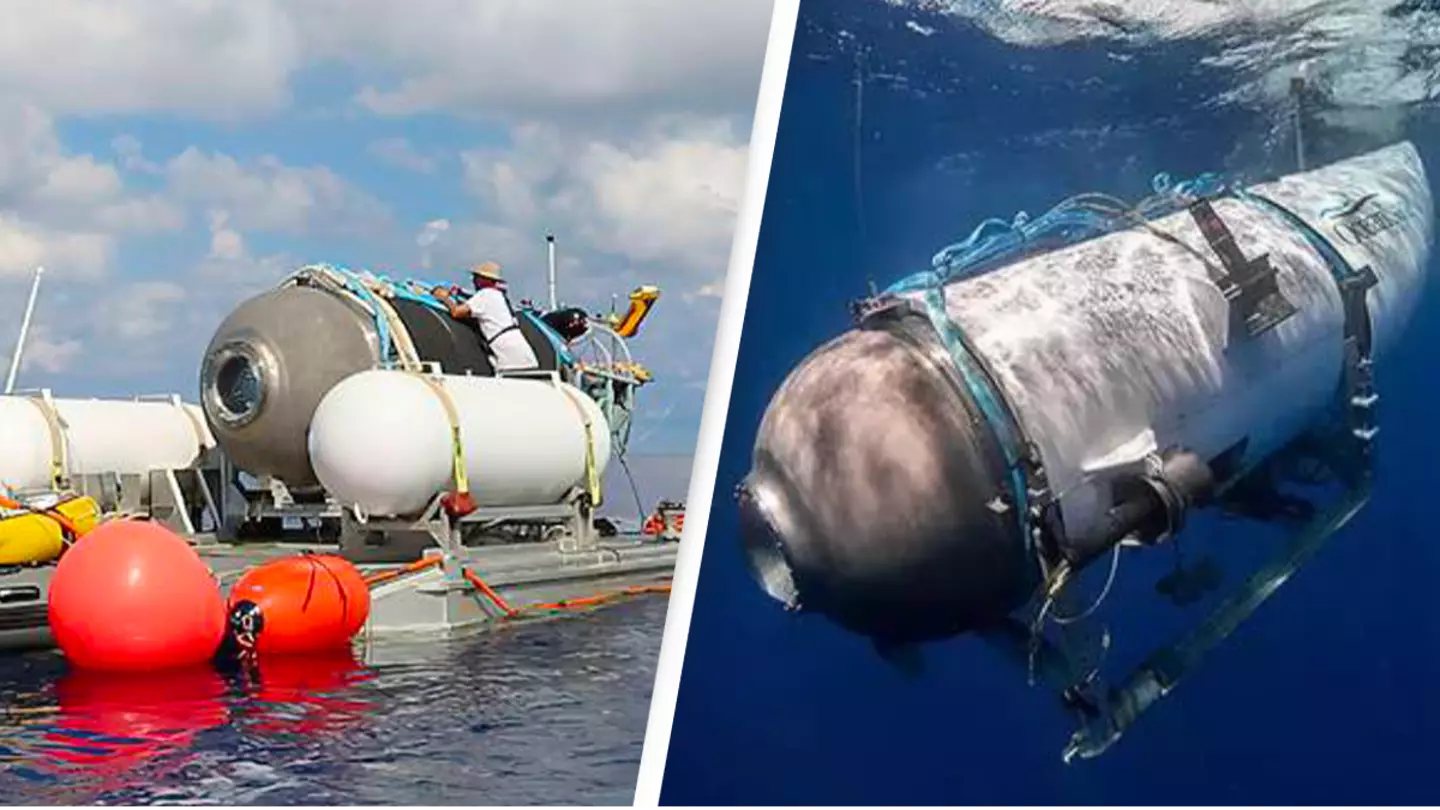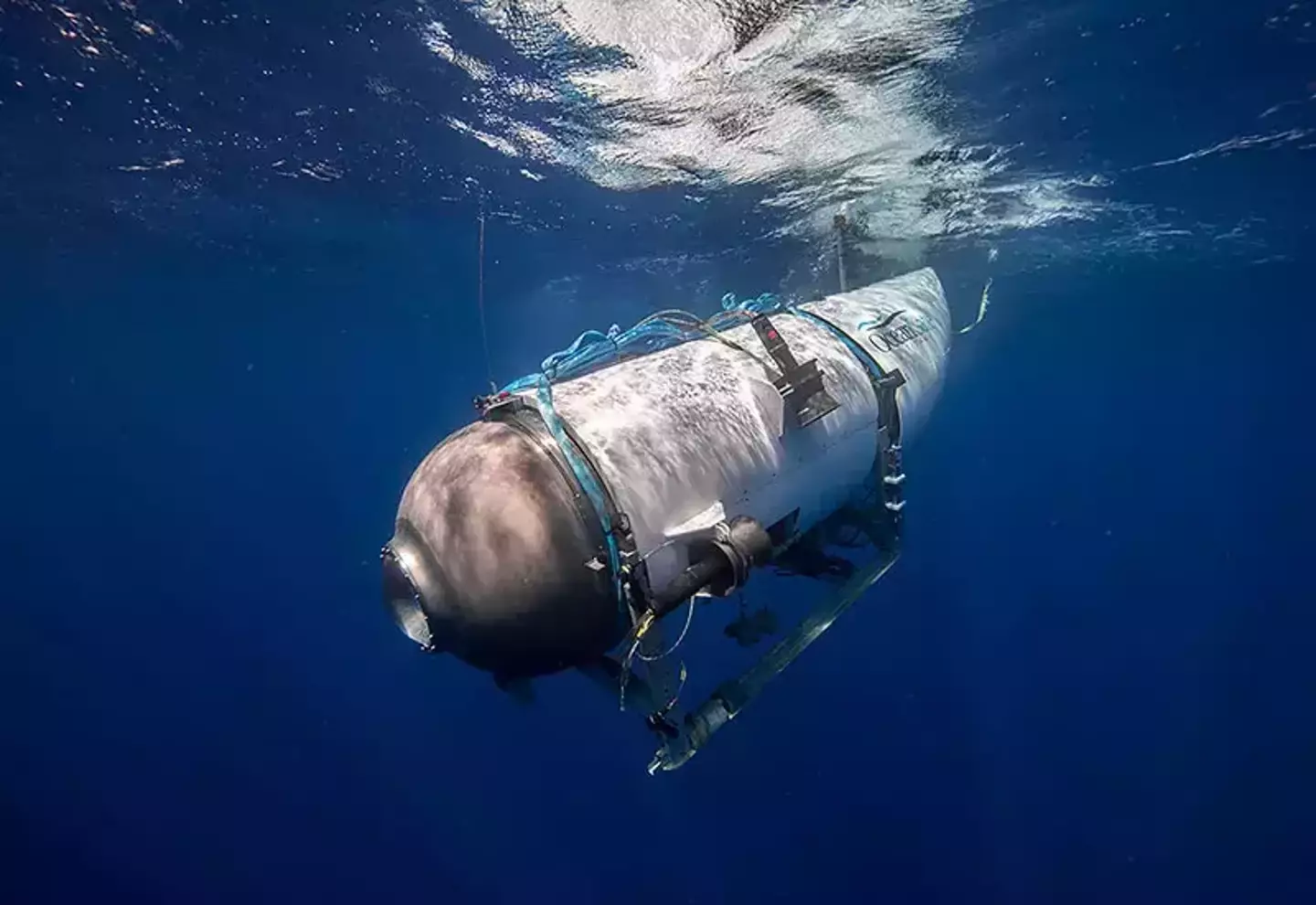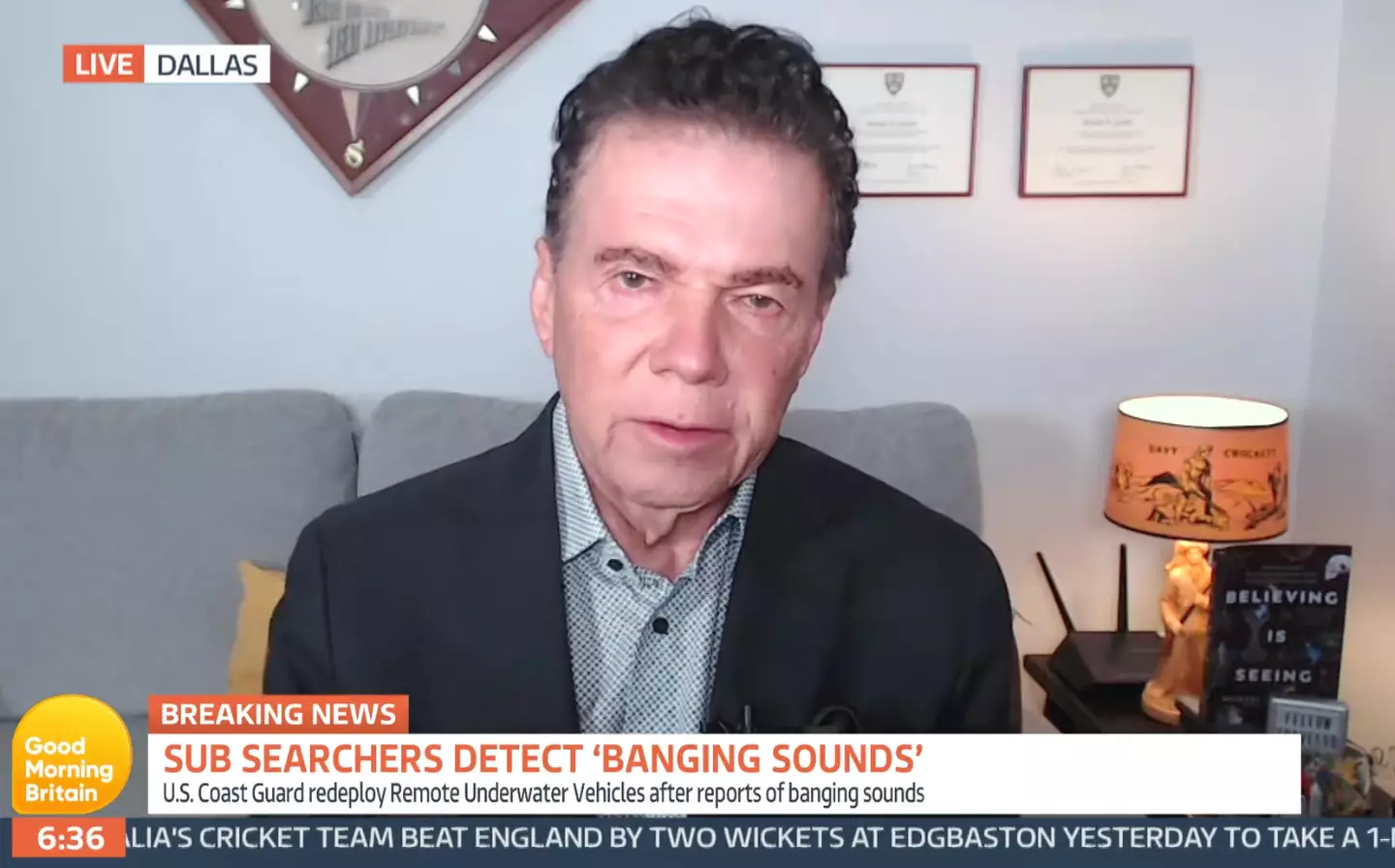
A scientist has shared his theory about what has been creating the Titanic sub’s sonar ‘banging sounds’, following news that noises had been heard underwater in the search.
The OceanGate vessel disappeared while travelling to the wreckage of the Titanic, with the company confirming five crew members on board were missing.
Rescuers have been struggling to find the craft, as the Titanic site itself sits on the ocean floor at a depth of around 12,500 feet (3,800 meters) meaning it is difficult to access, even with sophisticated submersibles.
Advert
Earlier this week, a leaked memo showed that a banging sound had been picked up by a Canadian Aircraft taking part in the search and rescue mission.
The plane, armed with specialist sonobuoys to detect sounds with sonar, picked up the noise not far from the last known position of the vanished submarine, according to a Department of Homeland Security email.
"RCC Halifax launched a P8, Poseidon, which has underwater detection capabilities from the air reported a contact in a position close to the distress position," the Department of Homeland Security email stated.
"The P8 heard banging sounds in the area every 30 minutes. Four hours later additional sonar was deployed and banging was still heard."

Officials have not been able to confirm where the sounds have come from – or even, indeed, if they came from the sub.
Advert
Dr Michael Guillen, a scientist and journalist who visited the wreck 23 years ago in a submersible and also found himself in danger when the vessel got stuck in one of the Titanic’s propellors, has spoken out about what he believes the noises are.
Speaking on Good Morning Britain, Guillen said the current situation felt ‘very emotional’, adding he felt he had a ‘special kindred spirit with these poor souls who are down there’.
He went on to explain how underwater craft like the one he was in communicate, saying: "You communicate from a submersible like that with the mother ship, with the research ship, through hydrophones. Electromagnetic waves, radio waves, don’t communicate well in the ocean because it’s salty, it’s ionic.

“So it's basically acoustic, it's akin to the same principle you use with two tin cans connected by a string.”
Advert
He continued: “If indeed their hydrophone failed so early in the mission, less than two hours down, which means they never even made it down to the bottom […] then at the very least, they could just take their cups and bang on the side of the sub.
"That's what I would do if I were down there and I'm sure that's what the pilot would recommend to everybody. They have five people they could make quite a racket simply by rapping on the inside of the sub."
Topics: Titanic, World News, Science